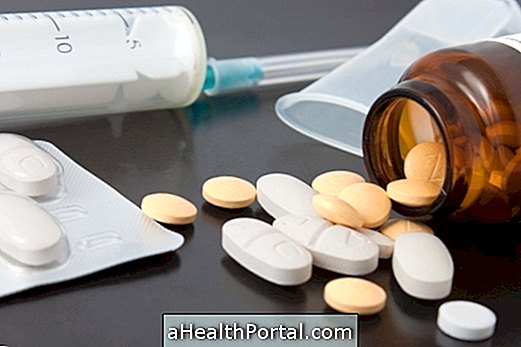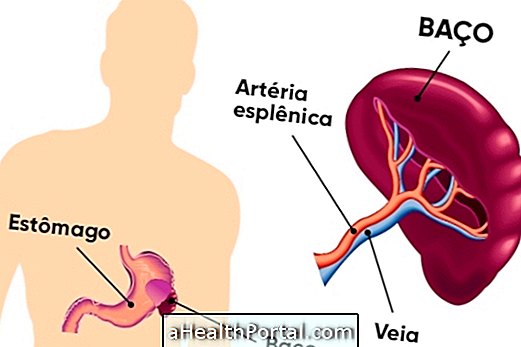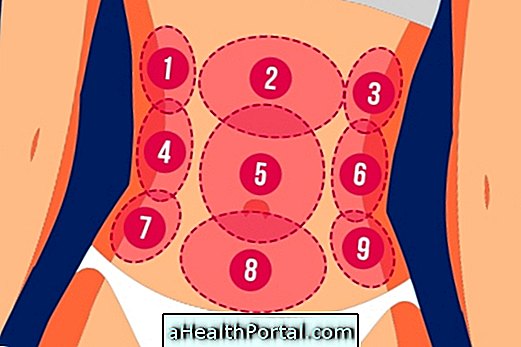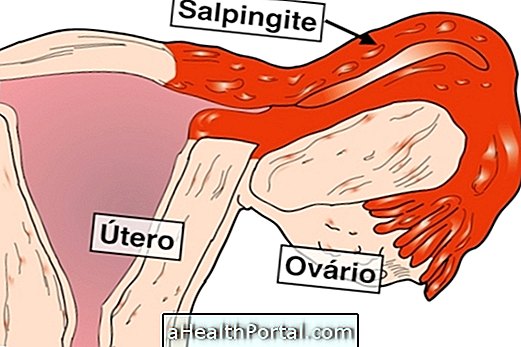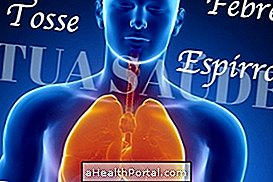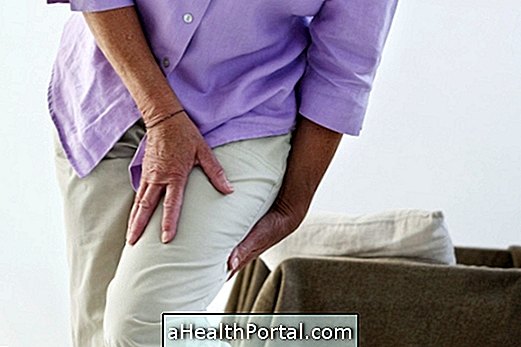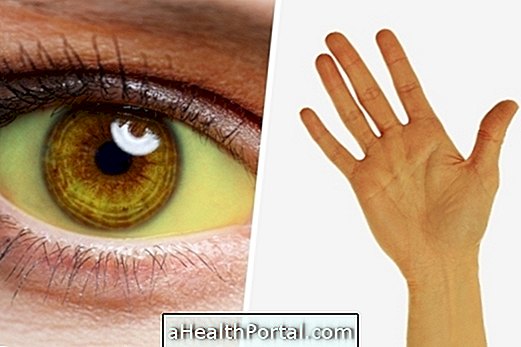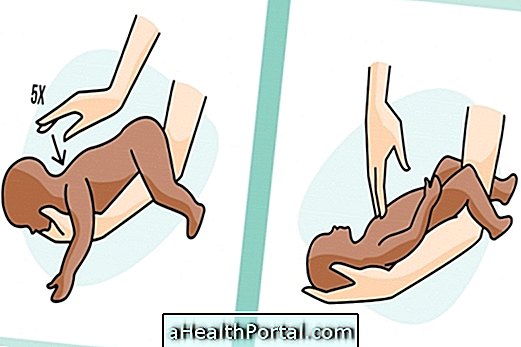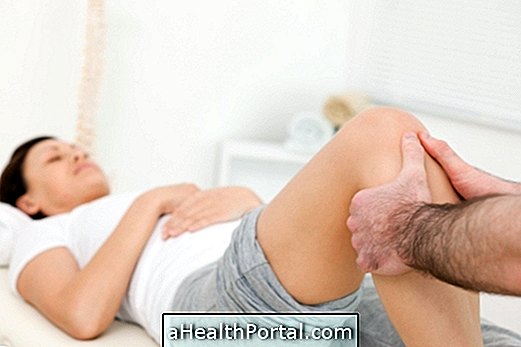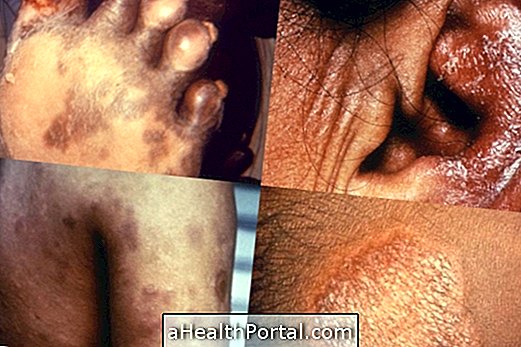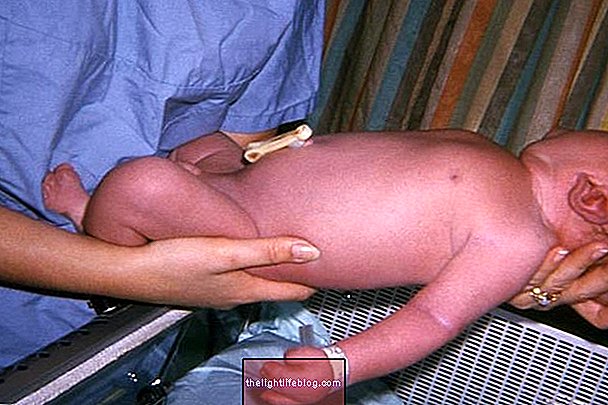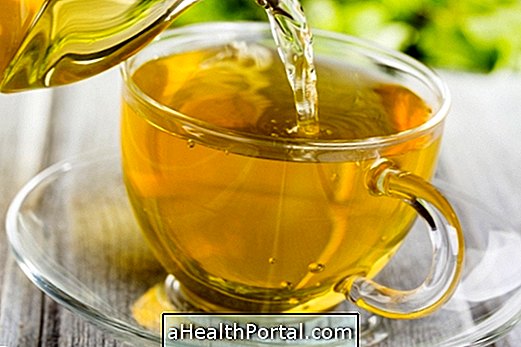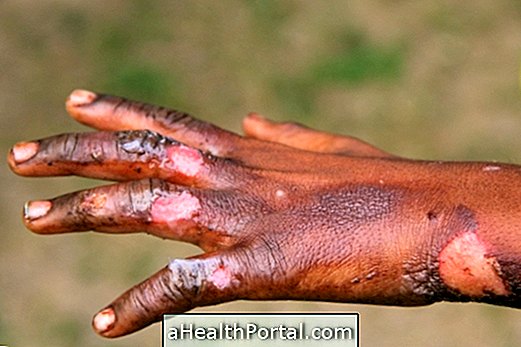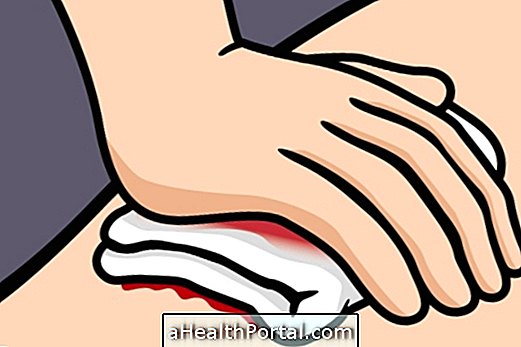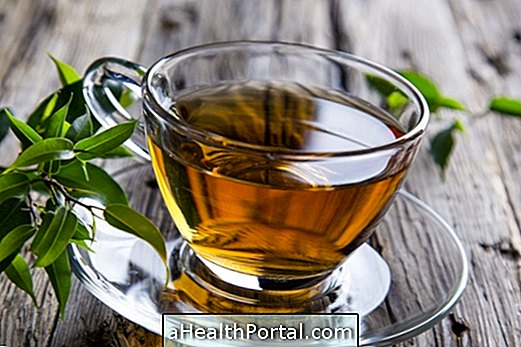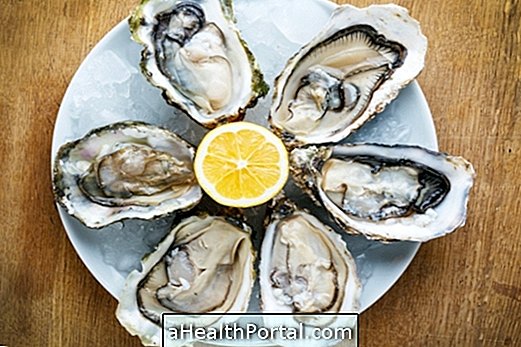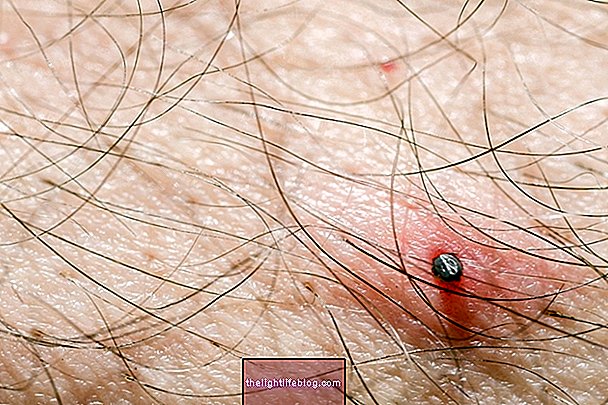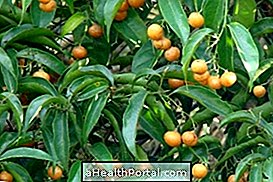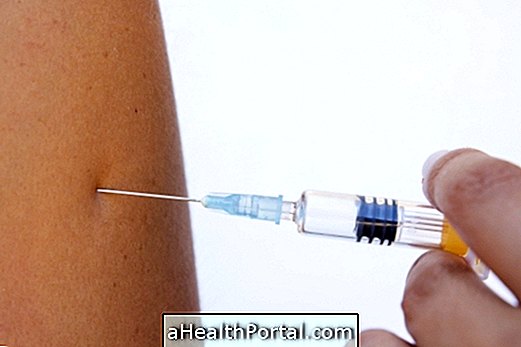Pain in the middle of the chest is often suspected of infarction, however, this is one of the rarer causes and when it happens it is accompanied by symptoms other than just pain, such as difficulty breathing, tingling in one's arms, pallor or nausea, for example. See the 10 signs that may indicate heart attack.
Typically, this pain is a sign of other less serious problems such as gastritis, costochondritis, or even excess gas, and therefore need not be a cause for anxiety or worry, especially if there are no risk factors such as a history of heart disease, high blood pressure, excess weight or high cholesterol.
However, if a heart attack is suspected, it is very important to go to the hospital for tests, such as the echocardiogram, to see if it can be a heart problem and start treatment.
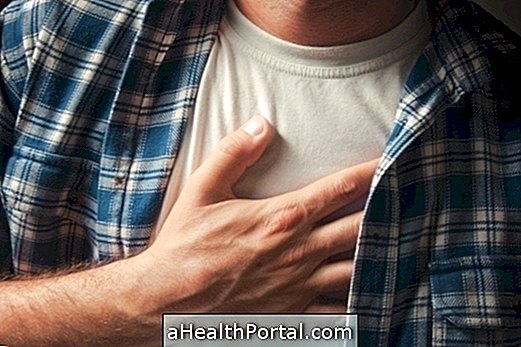
1. Excess gases
Excess intestinal gas is one of the most common causes of chest pain and can often be confused with a heart attack, causing anxiety, which ends up worsening the pain and contributing to the idea that it may actually be a heart attack.
Pain caused by too much gas is more common in people with constipation, but it can happen in many other cases, such as when you are taking a probiotic, for example, or when you have spent too much time trying to control the urge to defecate.
- Other symptoms : in addition to the pain, it is common for the person to have a more bloated belly and to feel some pain or pain in the abdomen.
- What to do : You can do an abdominal massage to try to release the gases that are accumulating in the intestine and drink teas like fennel or cardomomo, which help to absorb the gases. Here's how to prepare these teas and others for the intestinal gas.
2. Costochondritis
Sometimes the pain in the middle of the chest happens due to the inflammation of the cartilages that connect the ribs to the bone that is in the middle of the chest and that is called sternum. This way, it is common for the pain to get stronger when you tighten your chest or lie down on your belly, for example.
- Other symptoms : Sore chest pain and pain that gets worse by putting pressure on the spot or breathing and coughing.
- What to do : Applying a hot compress over the breast bone may help relieve pain, however, treatment needs to be done with anti-inflammatory drugs prescribed by a general practitioner or orthopedist. See how the costochondritis treatment is done.
3. Infarction
Although it is the first suspicion when strong chest pain arises, usually the infarction is quite rare and usually happens in people who have some risk factor such as overweight, high cholesterol or cardiovascular diseases such as hypertension for example.
- Other symptoms : usually the infarction is accompanied by excessive tiredness, feeling of shortness of breath, tingling of the left arm and paleness. The pain also tends to worsen, starting as a slight tightening sensation in the chest.
- What to do : If a heart attack is suspected, you should go to the hospital immediately or call for medical help by calling 192.

4. Gastritis
Inflammation of the stomach, known as gastritis, is another major cause of chest pain because it is common for pain to arise in the region of the pit of the stomach, which is very close to the center of the chest. radiate to the back.
Gastritis is more frequent in people who do a bad diet, but it can also arise in those who have a very stressed lifestyle, since the excess of concern changes the pH of the stomach and can contribute to its inflammation.
- Other symptoms : Gastritis is usually accompanied by a full stomach, lack of appetite, heartburn and frequent burping, for example.
- What to do : One way to decrease stomach inflammation and relieve symptoms is to drink a glass of water with a few drops of lemon or ingestion of potato juice as they help increase the pH of the stomach by reducing inflammation. However, since gastritis may be caused by an H. pylori infection, it is best to consult a gastroenterologist, especially if the pain persists for more than 3 or 4 days. Learn more about gastritis and how to treat it.
5. Gastric ulcer
In addition to gastritis, another very common stomach problem that can cause pain in the middle of the chest is gastric ulcer. Generally, the ulcer is a consequence of a gastritis that was not treated properly and that caused the onset of a wound in the lining of the stomach.
- Other symptoms : The ulcer causes stitch pain that can radiate to the back and chest, in addition to other signs such as frequent nausea, a feeling of heaviness in the stomach and vomiting, which may even contain small amounts of blood.
- What to do : It is important to consult a gastroenterologist whenever you suspect an ulcer, since you usually have to start taking medicines that decrease the acidity of the stomach and make a protective barrier, such as Pantoprazole or Lansoprazole. However, a light diet should also be taken with foods that are easy to digest to avoid worsening the ulcer. See how the diet should be in cases of ulcers.
6. Liver problems
Along with problems in the stomach, changes in the liver can also cause pain in the middle of the chest. Although it is more common for pain from the liver to appear on the right side, just below the ribs, it is also possible that this pain radiates to the chest. Check out 11 signs that may indicate a liver problem.
- Other symptoms : Commonness associated with pain may be constant nausea, loss of appetite, headache, dark urine, and yellowing of the skin and eyes.
- What to do : If a liver problem is suspected, it is advisable to consult a hepatologist to identify the correct diagnosis and begin the most appropriate treatment.

7. Arterial Coronary Disease
Arterial coronary disease arises when a fat plaque partially clogs one of the small arteries that carries blood to the heart muscle, which reduces the amount of oxygen and causes the onset of pain, which in some cases may even be confused with a infarction.
This problem is more common in people with high bad cholesterol, that is, with LDL cholesterol above 130 mg / dL.
- Other symptoms : They can be easily confused with a heart attack because they include constant pain in the chest, tightening sensation that does not improve, easy fatigue and difficulty breathing.
- What to do : You should see a cardiologist to confirm the diagnosis and initiate appropriate treatment, which usually includes the use of statins, which are cholesterol-lowering medicines. However, it is also important to adopt healthy lifestyle habits such as eating low in fat and sugar, as well as practicing exercise for at least 30 minutes a day.
When to go to the doctor
You should go to the doctor whenever you suspect a heart attack or heart attack. However, if this is not the case, it is recommended to go to the doctor if the pain takes more than 2 days or if it is accompanied by:
- Vomiting with blood;
- Tingling in the arm;
- Skin and yellow eyes;
- Difficulty breathing.
In addition, if you have risk factors such as being overweight, high cholesterol or high blood pressure you should also consult a doctor.
